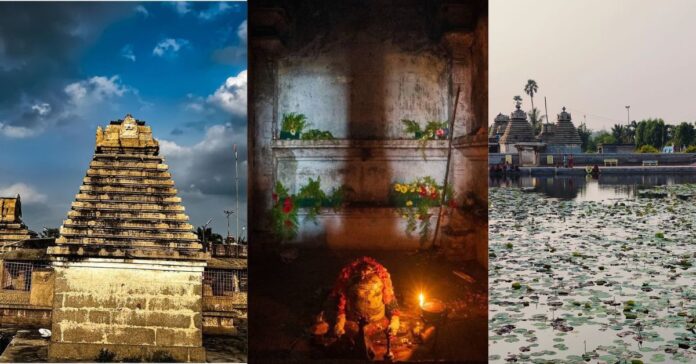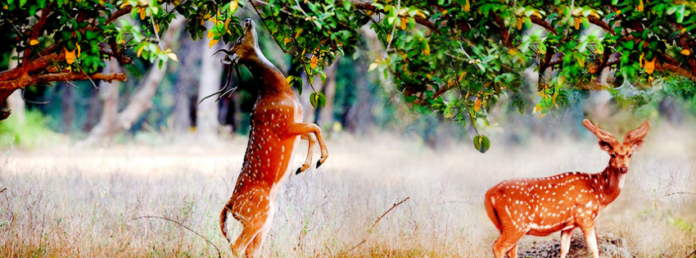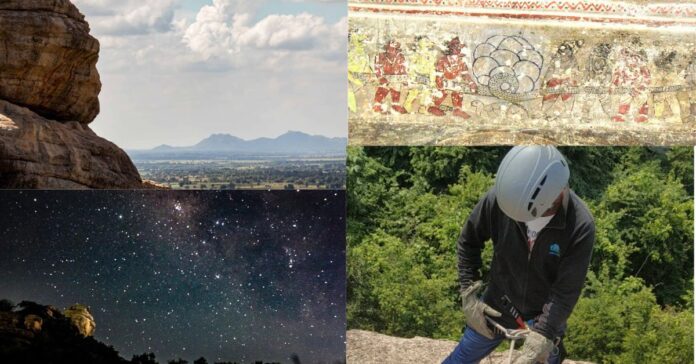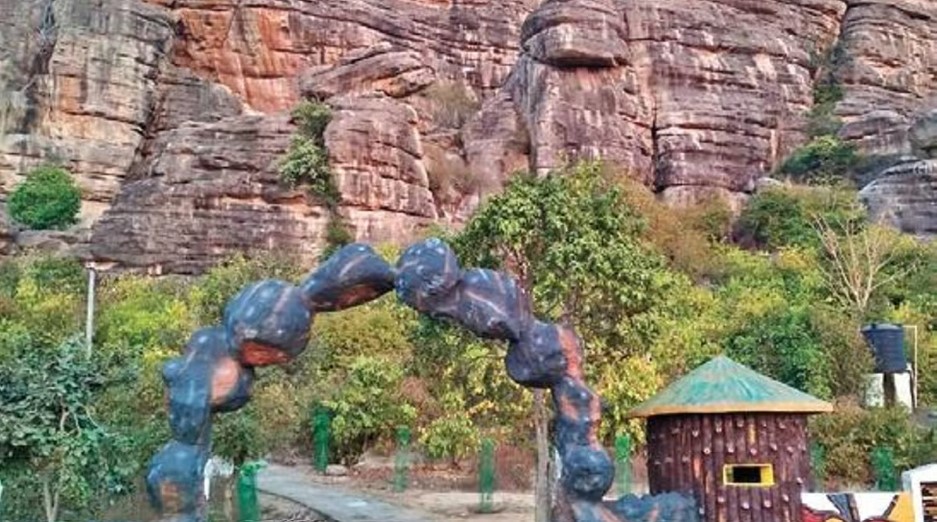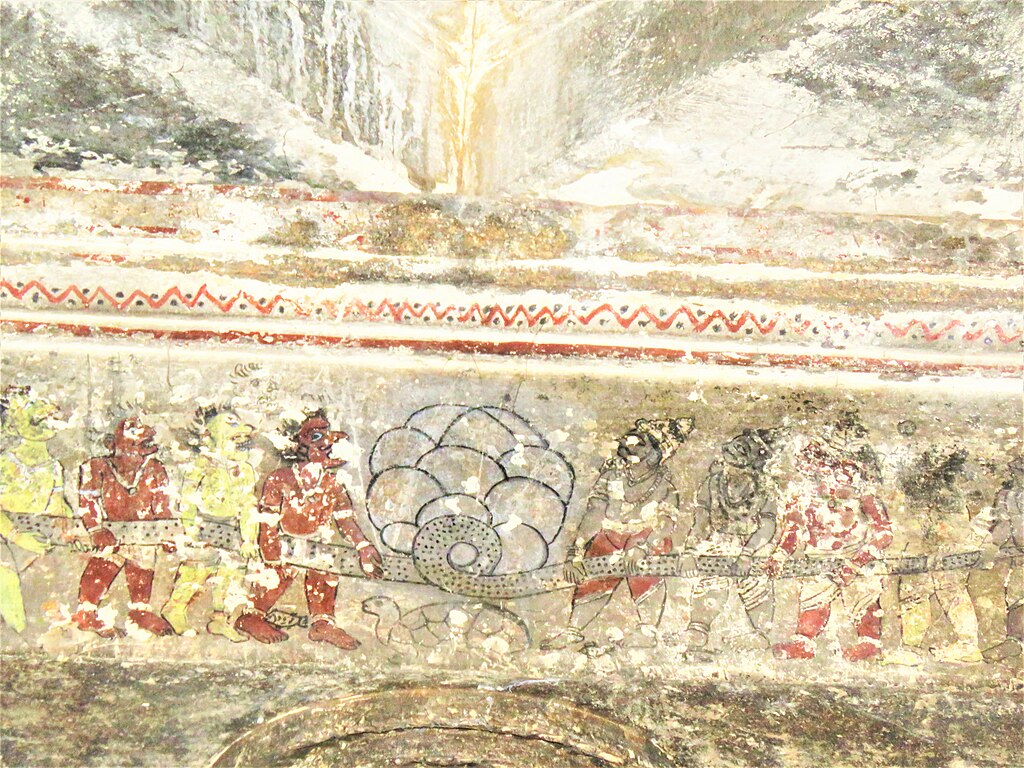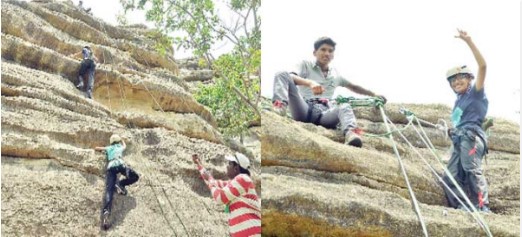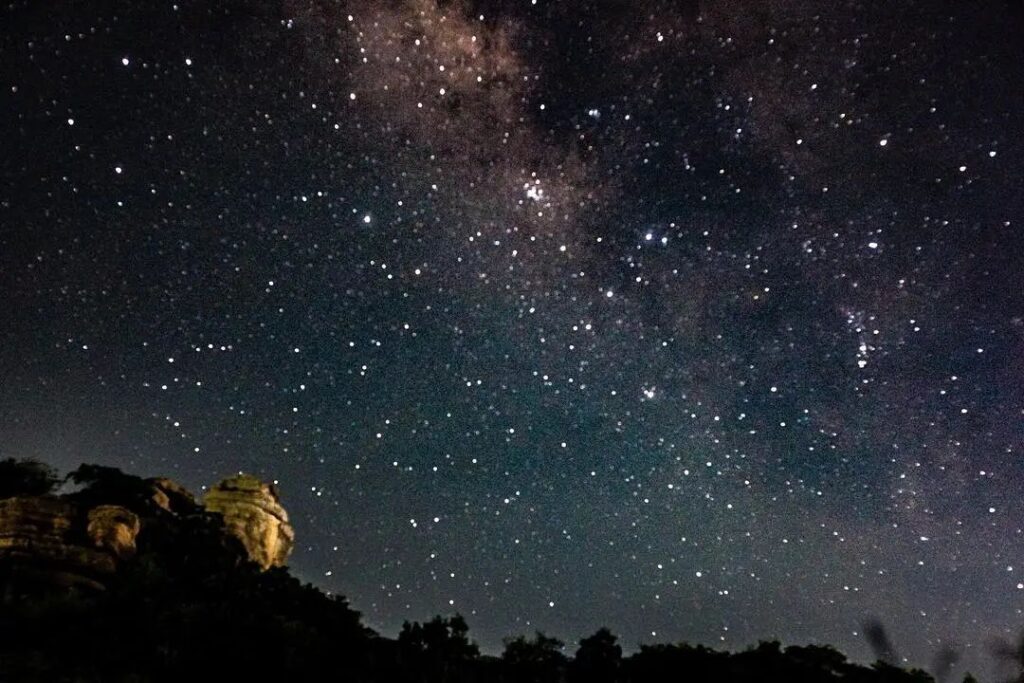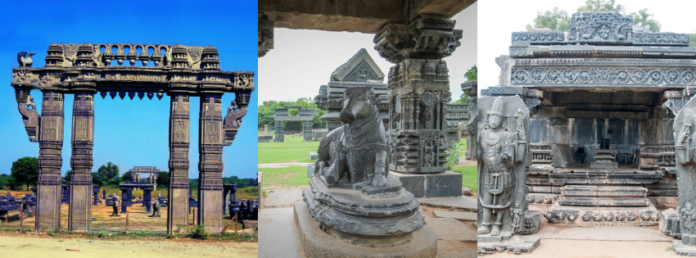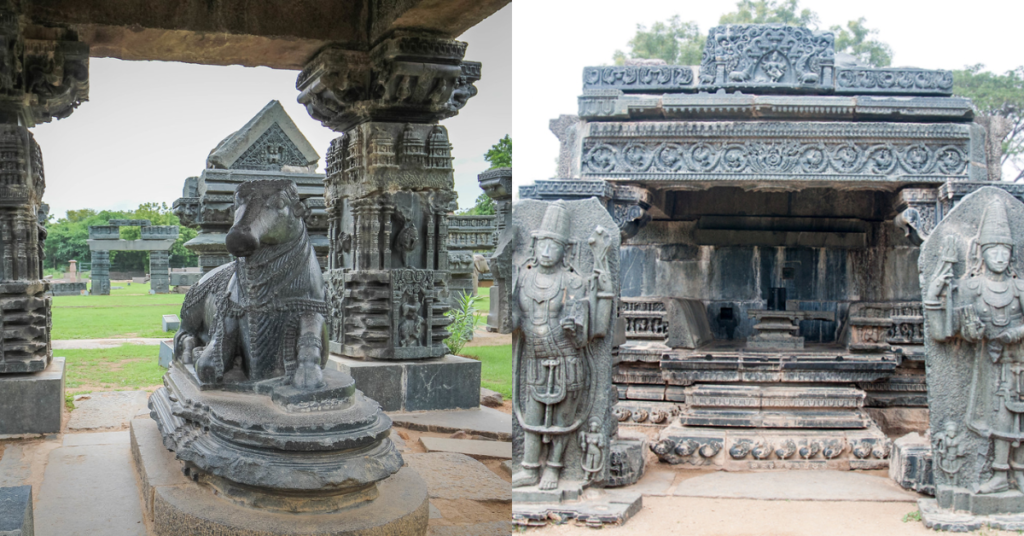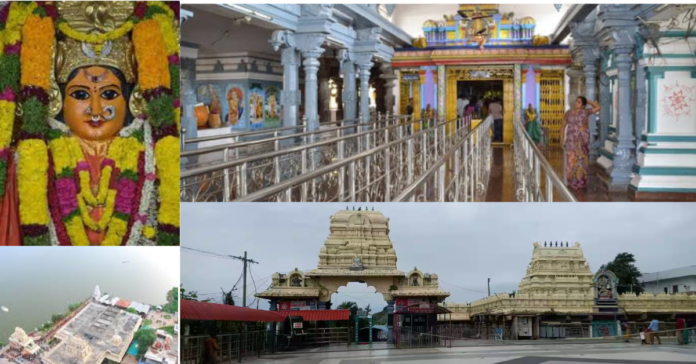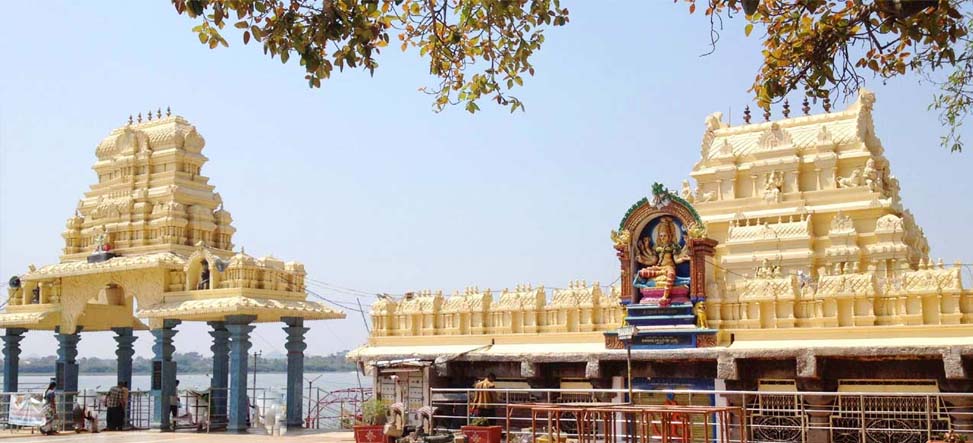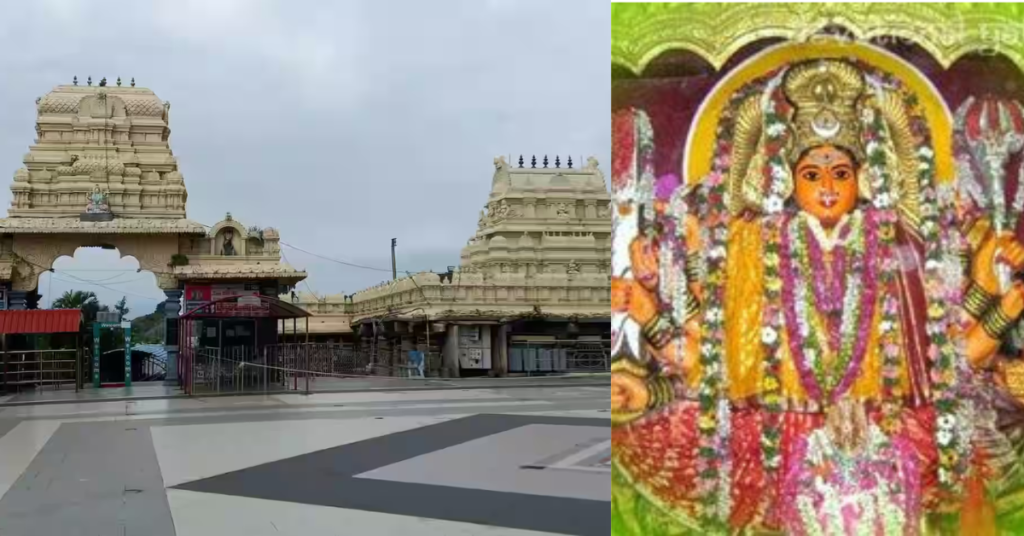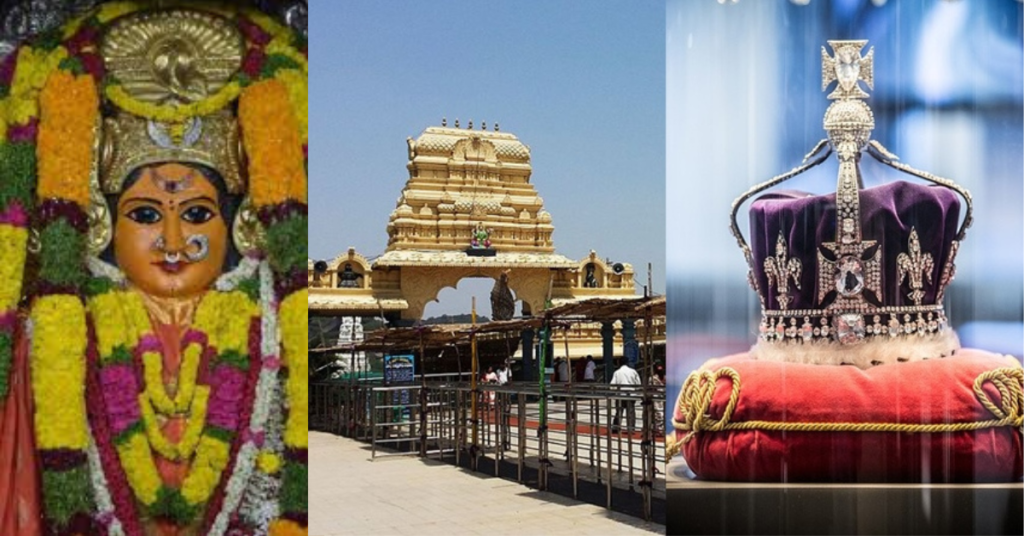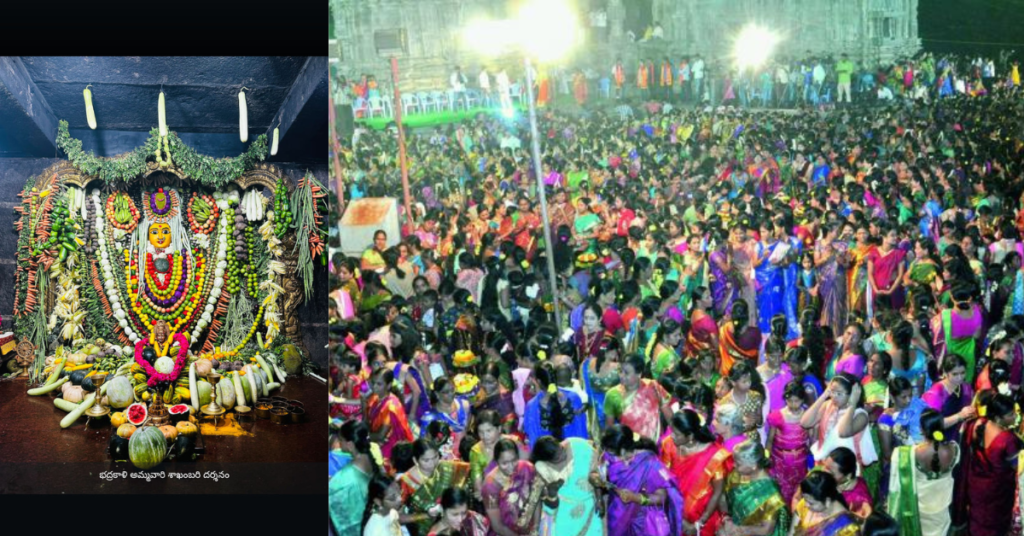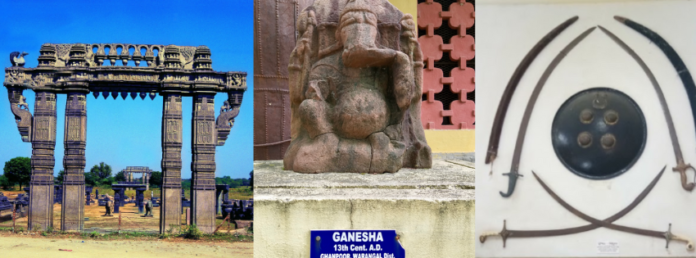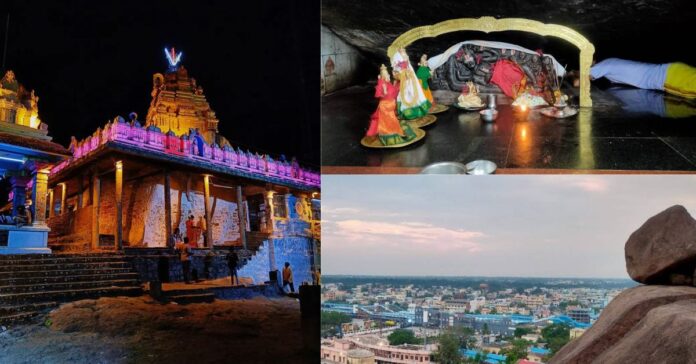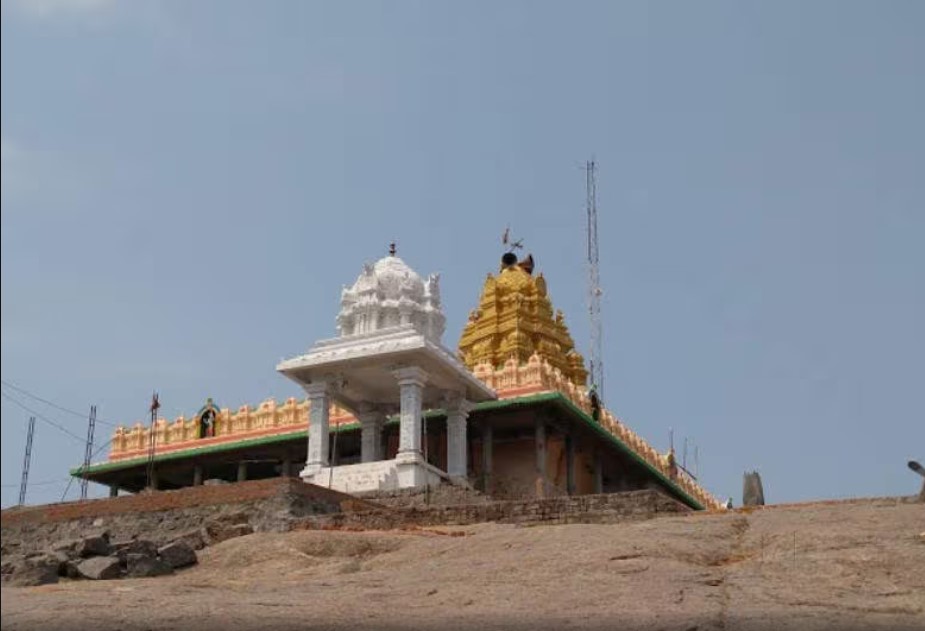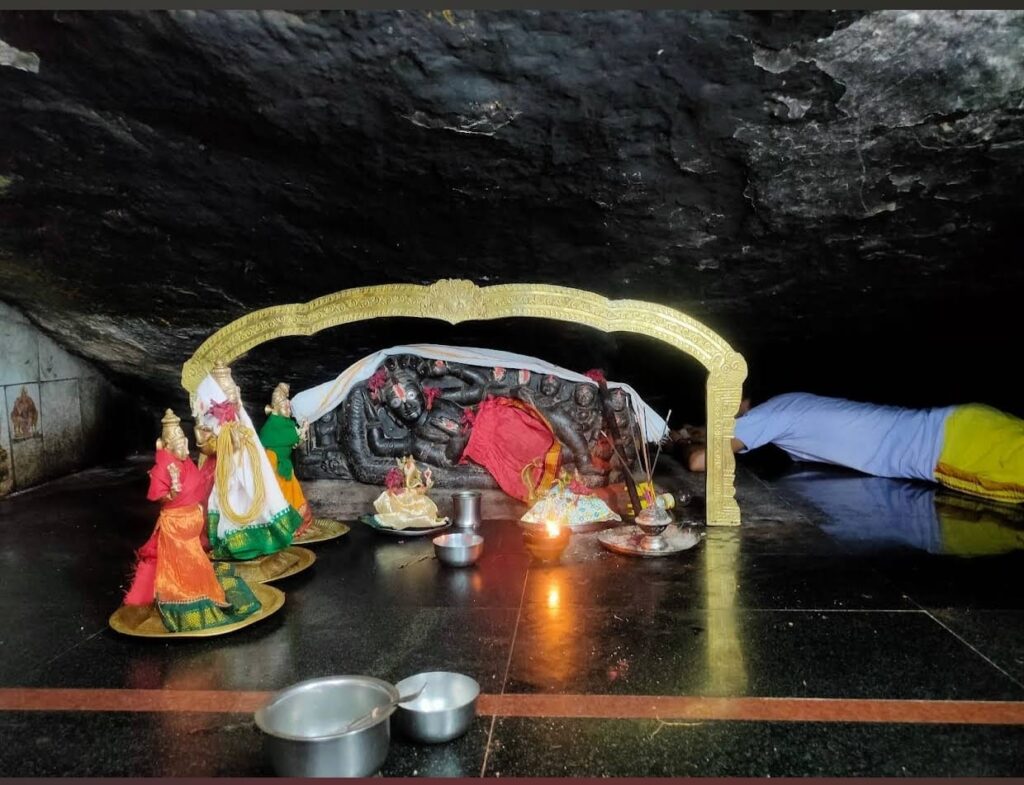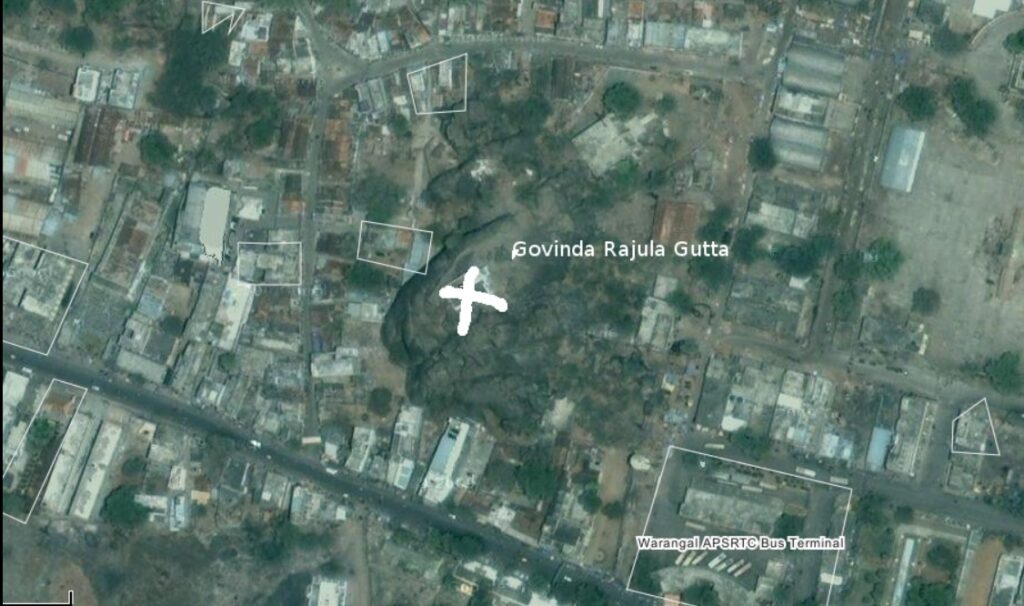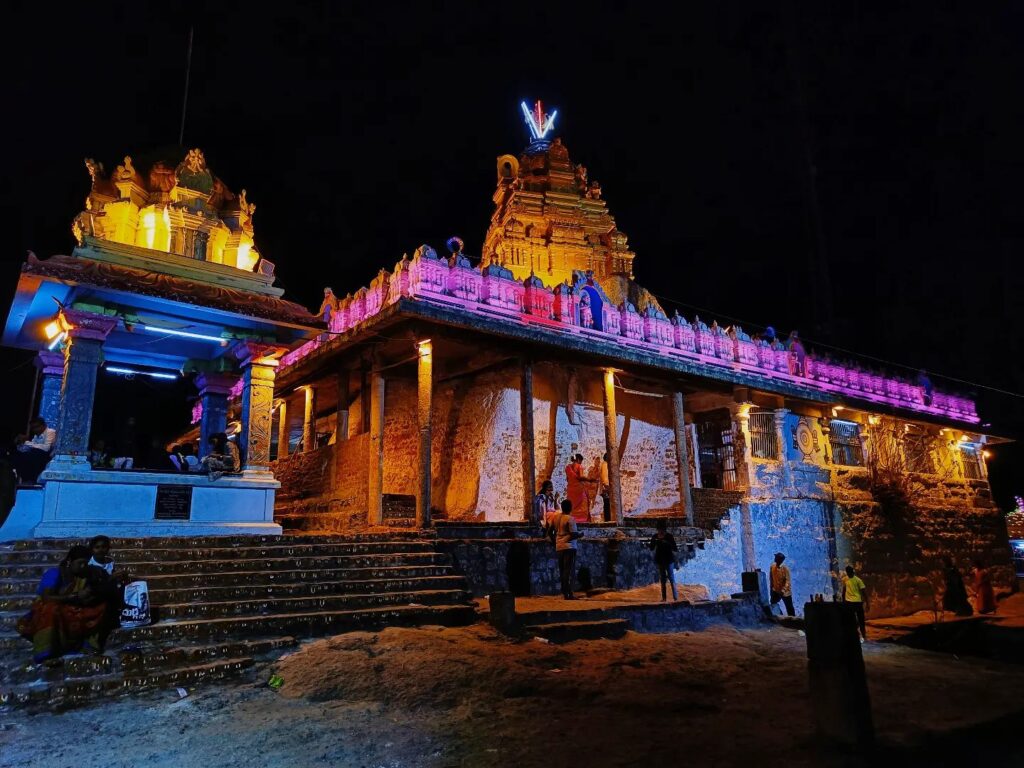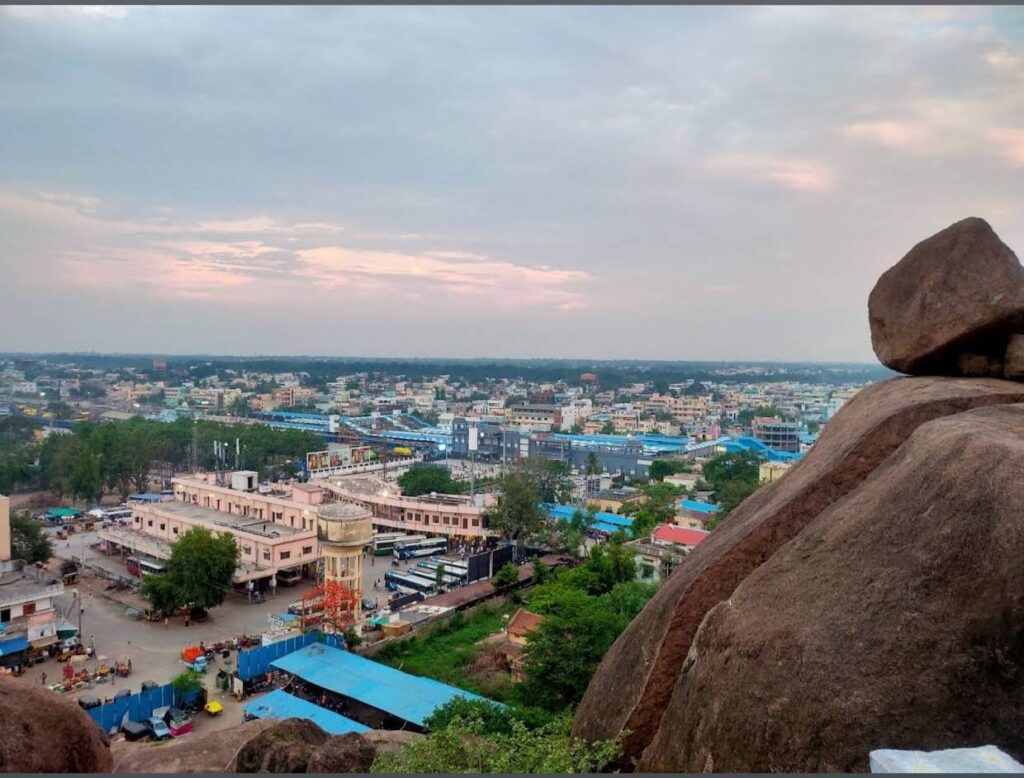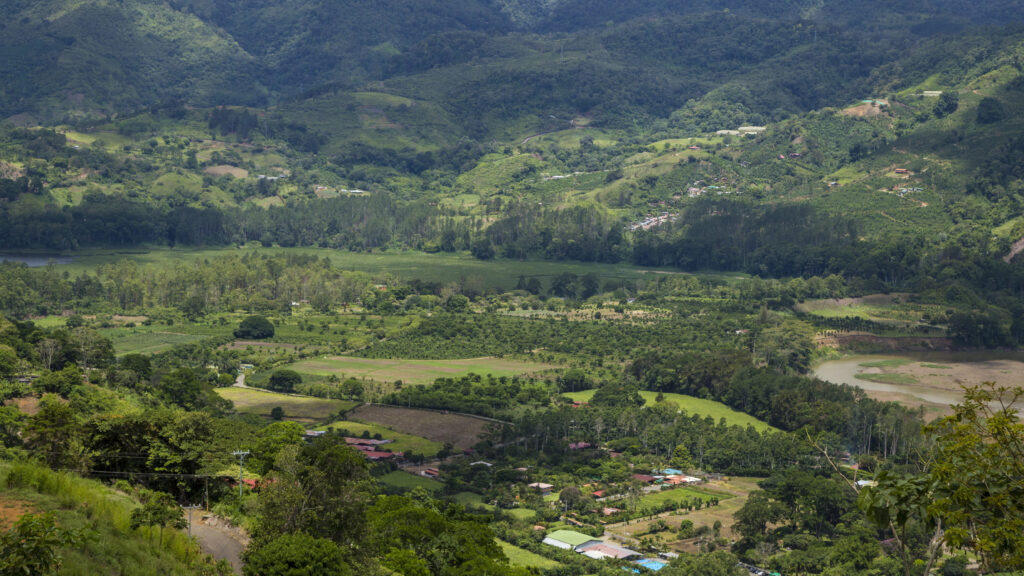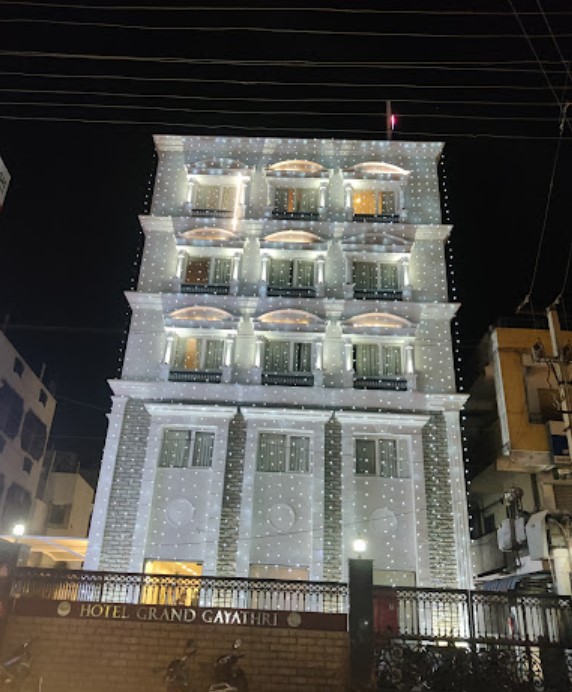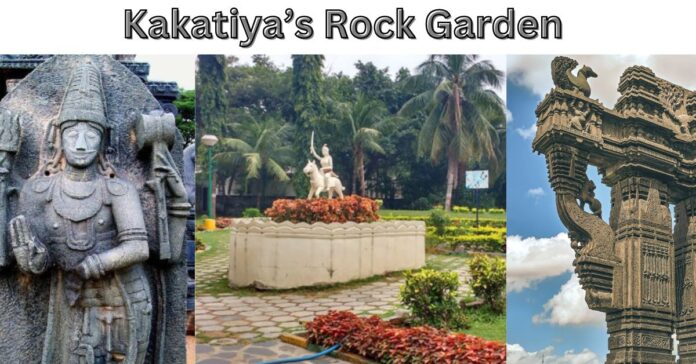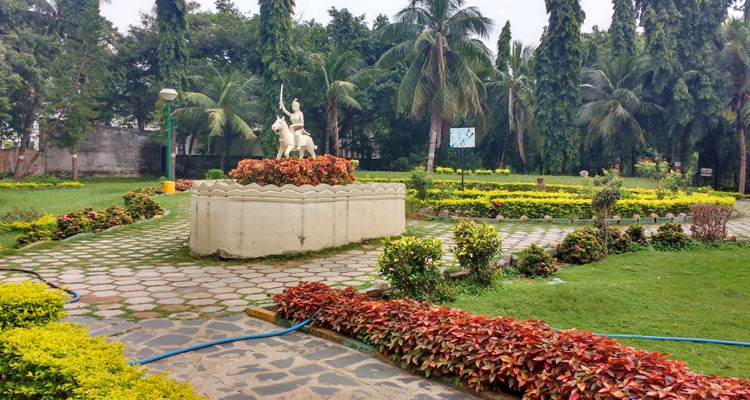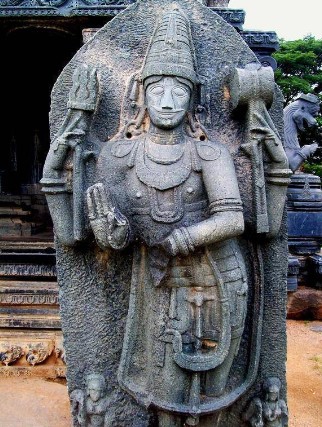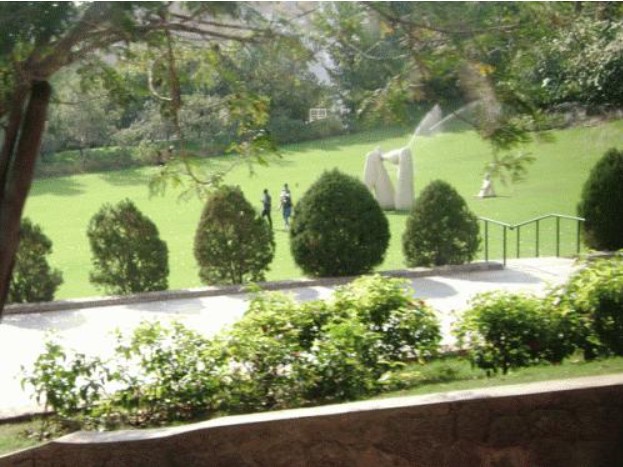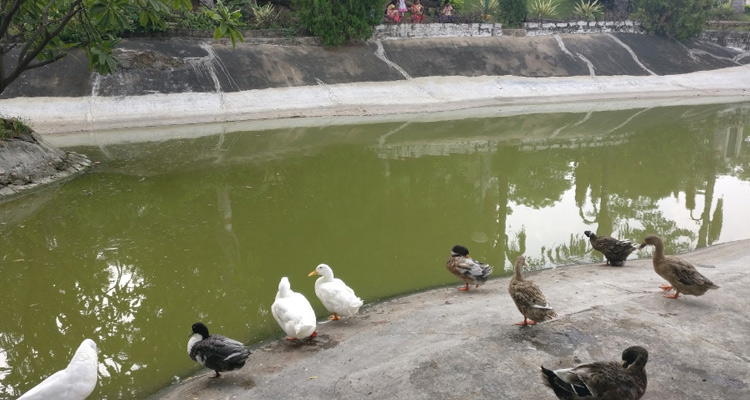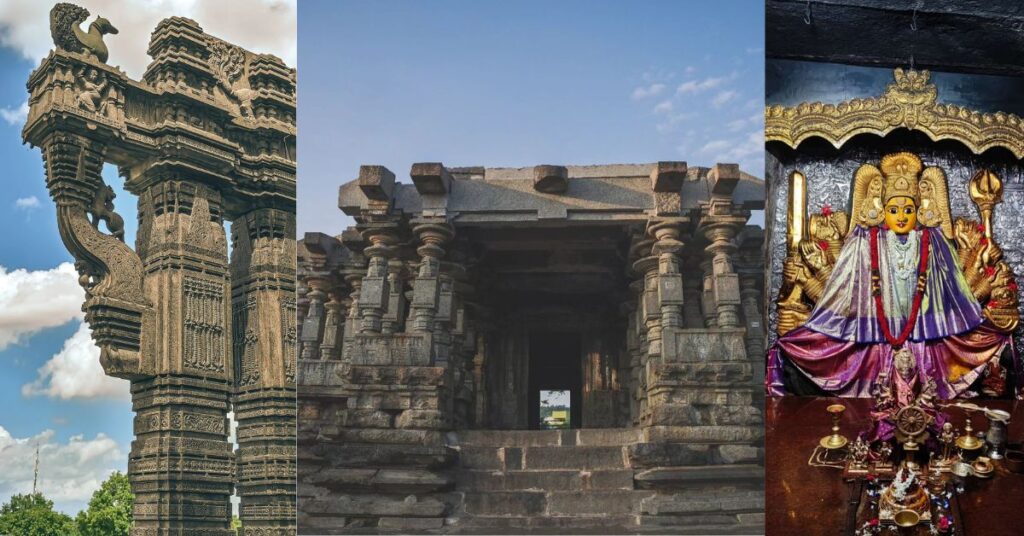About Chaya Someswara Temple
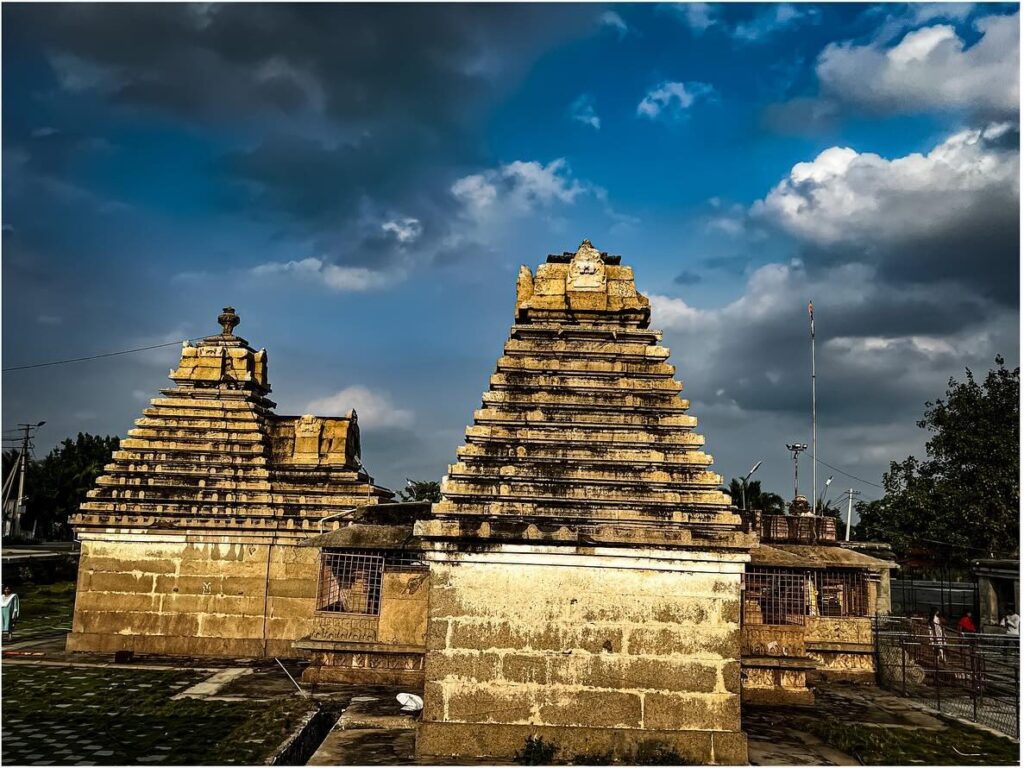
Source: Instagram
The Chaya Someswara Temple Complex is a hidden gem in Panagal, Telangana. Enclosed within a prakara wall built from massive stone blocks, this architectural marvel boasts a unique design and rich history.The Chaya Someshwara Swamy Aalayam in the Nalgonda district is the epitome of beauty, arts, and spectacle. The temple got its name from its mystifying shadow, or Chaya.
A Temple of Three Shrines
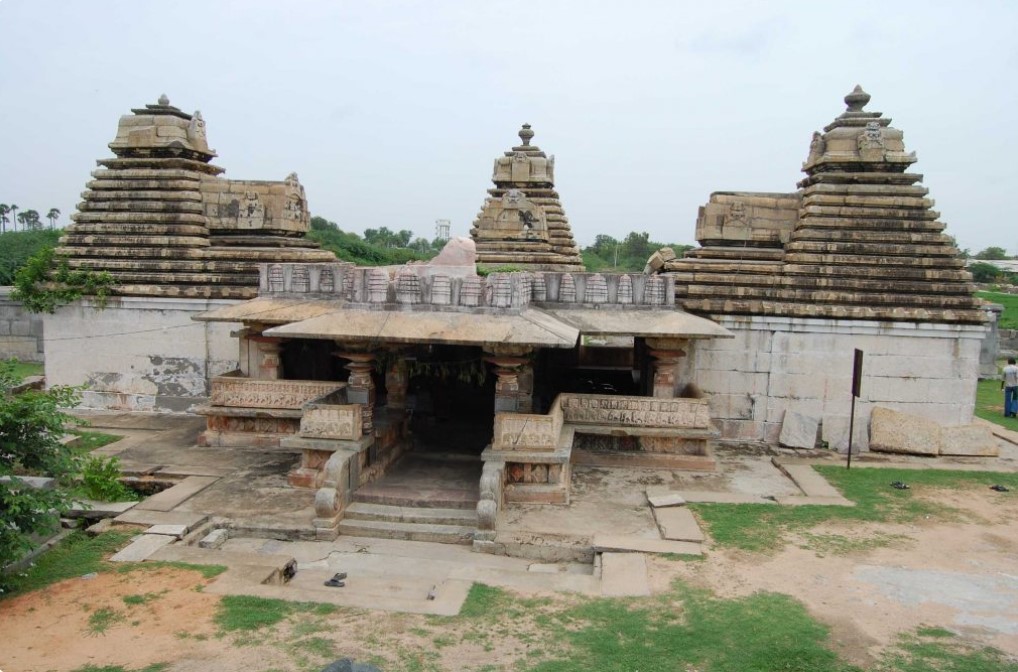
The centerpiece of the complex is a trikuta shrine, meaning it houses three sanctums. Dedicated to Shiva, Vishnu, and Surya, these sanctums share a common hall adorned with intricate pillars. These carvings depict scenes from Hindu epics Ramayanam and Mahabharatam and scriptures, transporting visitors to a bygone era. Notably, the temple has three entrances, with the south entrance being the grandest.
A Marvel of Architecture
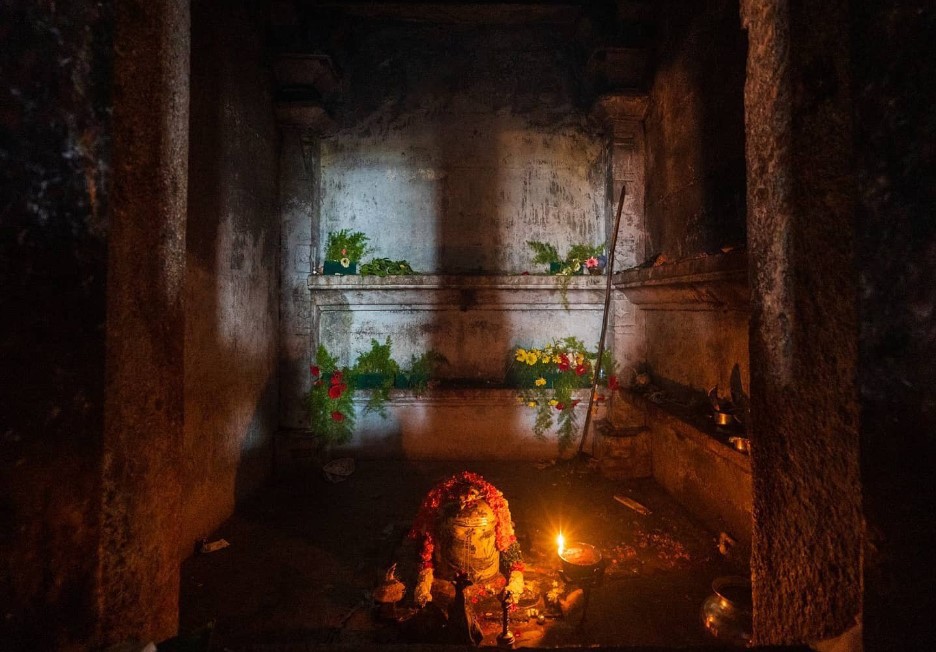
The name “Chaya Someswara” itself holds a special meaning. “Chaya” translates to “shadow” in Telugu, and the temple’s architect ingeniously designed the pillars and open spaces near the central Shiva shrine to cast a unified shadow (Chaya) on the lingam throughout the day, irrespective of the sun’s position. This remarkable feat is a testament to the architectural brilliance of its creators.
Also read: Pandavula Gutta- The Hidden Prehistoric Gem of Telangana
A Journey Through Time
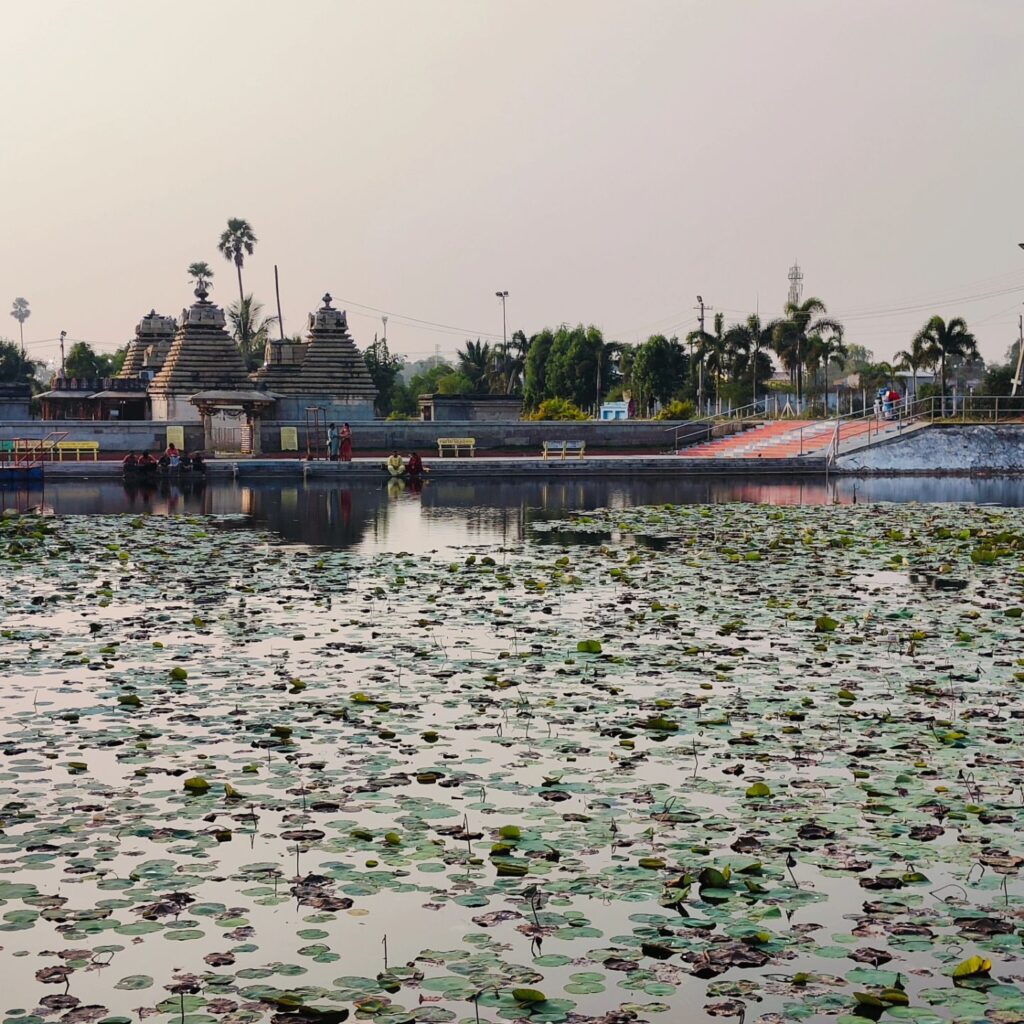
Source: instagaram
Built around the mid-11th century by the Kunduru Chodas, the temple was further embellished by later Hindu dynasties. In fact, historical records suggest that Udayaraju, a branch of the Telugu Chola dynasty, constructed a large water tank near the temple complex in 1124 CE, adding to the area’s significance.
Chaya Someswara Temple Location:
The Chaya Someswara temple is easily accessible, located just 4 km from Nalgonda city and about 107 km from Hyderabad.
Reaching the Temple
For those traveling by train, regular services ply between Secunderabad and Nalgonda. From Nalgonda, buses take you to Chervu Gattu, a mere 18 km away. Alternatively, regular buses connect Hyderabad directly to Chervu Gattu, situated approximately 85 km from the city.
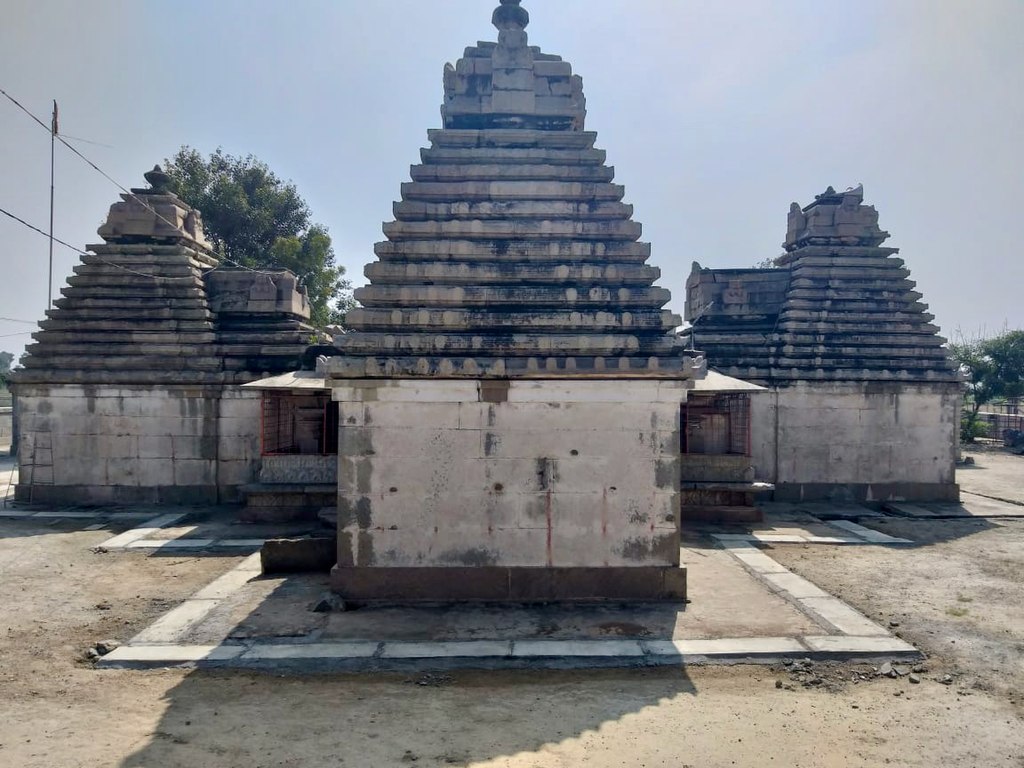
Source: wikimedia commons
Chaya Someswara Temple Timings:
The temple is open for visitors from 6 am to 12 pm and 2 pm to 8 pm daily.
Hotels nearby:
If you’re planning a stay, several hotels are located near the temple, including
1 Hotel Thousand Pillars,
2. Haritha Lake view Resorts, Ramappa,
3. Haritha Grand Hotel & Restaurant Gattamma,
4. Chamundi Resorts & Valley.
Here are some places you can visit around the Chaya Someswara Temple in Panagal, Telangana:
- Ancient Shri Pachchala Someshwara Swamy Temple: This temple is known as the Aslasss Fort Temple. It’s an ancient temple honoring Lord Shiva. The temple is built in the Dravidian style of architecture and has a beautiful entrance gate. The temple is located at a distance of about 1 km from the Chaya Someswara Temple.
- Archaeological Museum: This museum houses a collection of artifacts from the Chalukya, Kakatiya, and Vijayanagara periods. The museum is located at a distance of about 2 km from the Chaya Someswara Temple.
- Clock Tower: This clock tower is a landmark of Nalgonda town. It is located at a distance of about 3 km from the Chaya Someswara Temple.
- Panagal Cheruvu gates – These gates are the entrance to the Panagal Lake. The lake is a popular spot for picnics and boating. The gates are located at a distance of about 4 km from the Chaya Someswara Temple.
- Udaya Samudram – This is a large water body located at a distance of about 5 km from the Chaya Someswara Temple.Boating and picnics are common activities at the lake.
Conclusion:
The Chaya Someswara Temple is a captivating blend of history, architecture, and spirituality. This unique temple, with its enigmatic shadow play and intricate carvings, offers a glimpse into the rich cultural heritage of Telangana. Surrounded by other historical sites and natural beauty, a visit to Panagal promises a fulfilling journey through time.
FAQ’S:
A: The Chaya Someswara Temple is renowned for its unique trikuta (three-shrine) design dedicated to Shiva, Vishnu, and Surya, and its architectural marvel of casting a unified shadow on the Shiva lingam throughout the day.
A: The temple was built around the mid-11th century by the Kunduru Chodas and was later embellished by subsequent Hindu dynasties, including the Telugu Chola dynasty.
A: The temple is located 4 km from Nalgonda city and about 107 km from Hyderabad, with regular train services to Nalgonda and bus services to Chervu Gattu.
A: The temple is open daily from 6 am to 12 pm and 2 pm to 8 pm.
A: Visitors can explore the Ancient Shri Pachchala Someshwara Swamy Temple, the Archaeological Museum, the Clock Tower, Panagal Cheruvu gates, and Udaya Samudram, all within a 5 km radius of the Chaya Someswara Temple.

